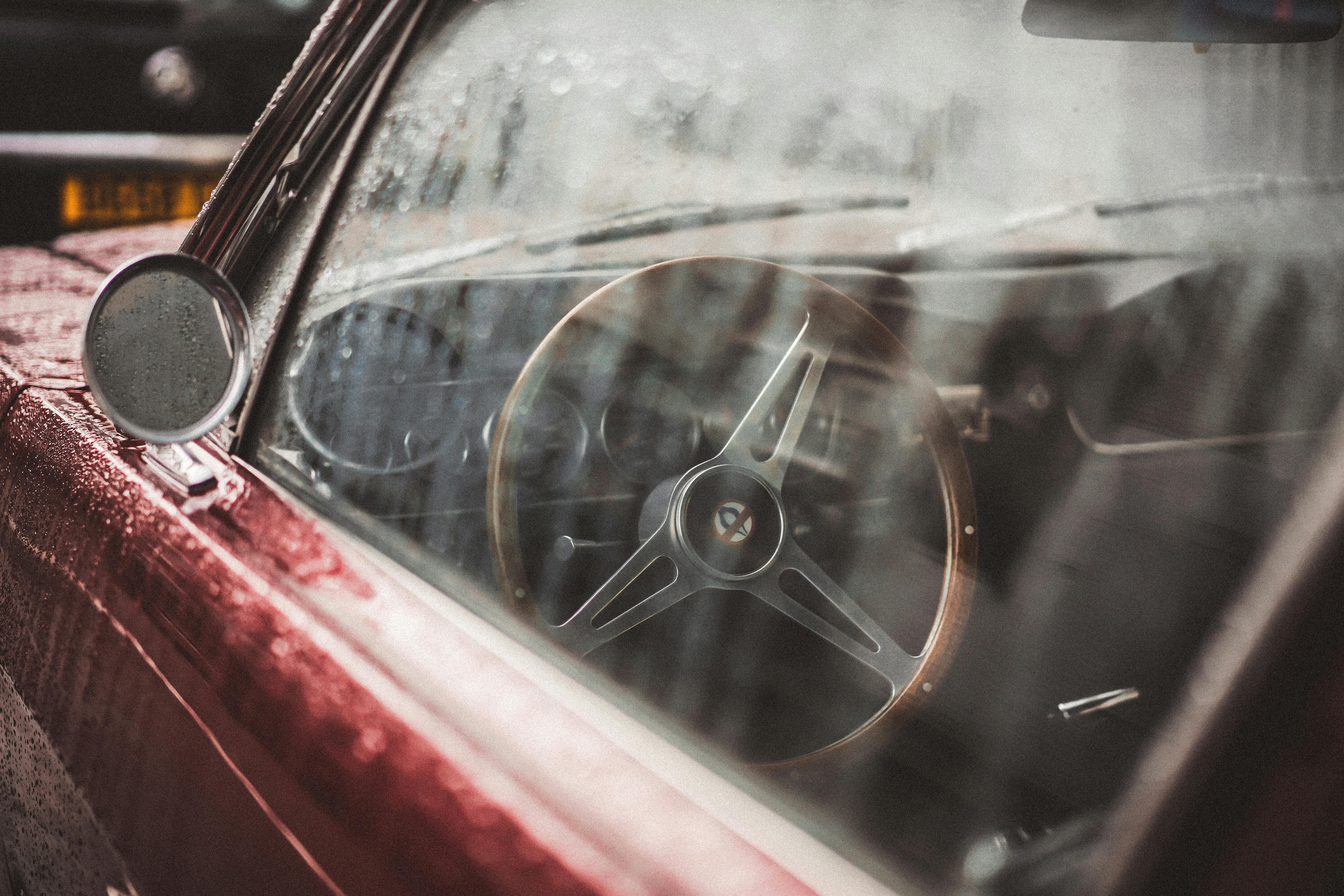Tap water may not work well for washing. Tap water, which contains a large amount of minerals, is generally used to clean windows. Pressure washing services also rely on tap water. However, tap water has dissolved substances in it. Some of these are calcium, magnesium, and other metal ions. Other non-metallic ions such as chloride may also be present. These ions have unwanted effects on the glass surface. They react with the minerals in the glass and produce undesirable stains. As the tap water dries, what remains on the surface of the glass is a residue of these particles that appears unsightly. This is the reason why glass items get covered in stains, not with prolonged use but with frequent washing with tap water.
Deionization is a process that removes impurities from the water, particularly ions. Water is a natural solvent, so it is not surprising to find it quite impure. The removal of ions in water also removes salts, as salts dissolve in water to give cations (positive ions) and anions (negative ions). For example, when table salt (sodium chloride) dissolves in water, it produces sodium ions (Na +) and chloride ions (Cl-). This means that water does not have NaCl molecules in the water, but Na + and Cl- ions scattered everywhere. The same is true of all ionic salts. There are several ions that are commonly found in tap water. Calcium (Ca ++), magnesium (Mg ++), potassium (K +), iron (Fe +++) and manganese (Mn ++) are the cations present in tap water in addition to sodium. Sulfates, nitrates, carbonates, and silicates are some anions in addition to chloride. Note that water itself dissociates into H + and OH- ions.
Deionization occurs in two phases that require resin beds, which are places for ion exchange to occur. Positive ions are displaced by hydrogen ions in the first phase. The second phase causes the negative ions to be displaced by hydroxyl ions. The result is water that contains H + and OH- ions that combine to form water.
Deionized (DI) water is aggressive. Compensates for the loss of minerals or ions by moving them away from the environment. This means that deionized water is more efficient at removing dirt ions or minerals from surfaces than tap water. Tap water leaves mineral residue on surfaces after prolonged use. Deionized water doesn’t because it has nothing to leave in the first place. This means that this type of water is a better cleaning agent than the other.
The quality of the water that underwent deionization is verified by measuring its resistivity, the ability to resist the flow of electrical current. Ions allow water to become an electrical conductor. But the fewer ions found in the water, the purer it becomes; The fewer ions, the lower the conductivity of the water and the higher its resistivity. Following these statements, the purer the water, the higher its resistivity and the more it does not allow electric current to pass.
Resistivity expressed in megohms is an accurate way to measure the purity of water in the case of deionized or demineralized water. Extremely pure water can have a resistivity of 18 megohms. But less pure variants can be ideal cleaning agents. They are too pure that according to some health experts, if a person drinks too much demineralized water, its ions would leak out of the tissues and this could be potentially dangerous. However, there is not enough scientific evidence to prove this claim. In fact, another theory says that the absence of minerals in deionized water has negligible effects on humans, meaning that demineralized water is no better or worse than mineral water.
However, when it comes to cleaning, the advantage of deionized water over ordinary tap water is pretty obvious. The first is in itself an aggressive cleaner that does not leave residues, stains or stains on the surfaces. In addition, it is an excellent lightening agent.
